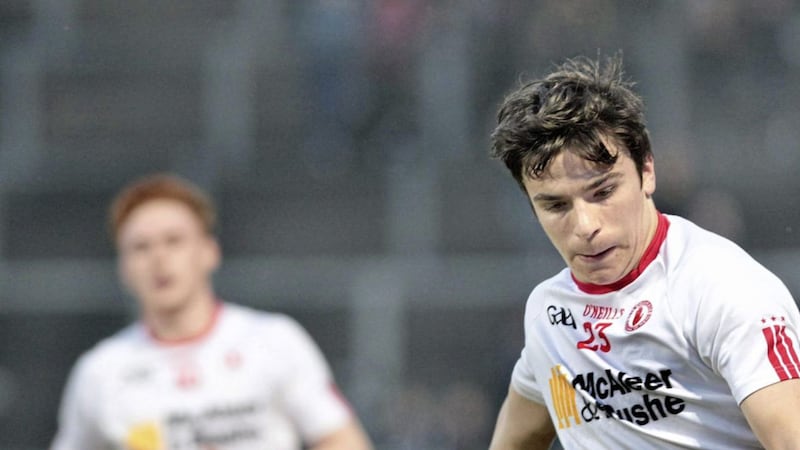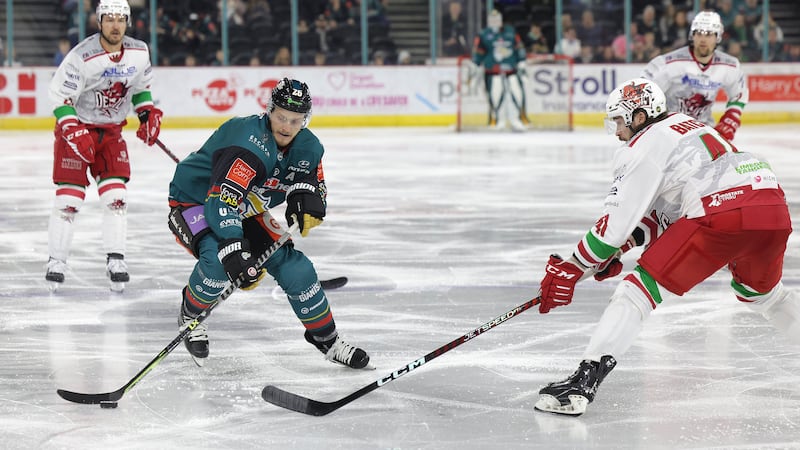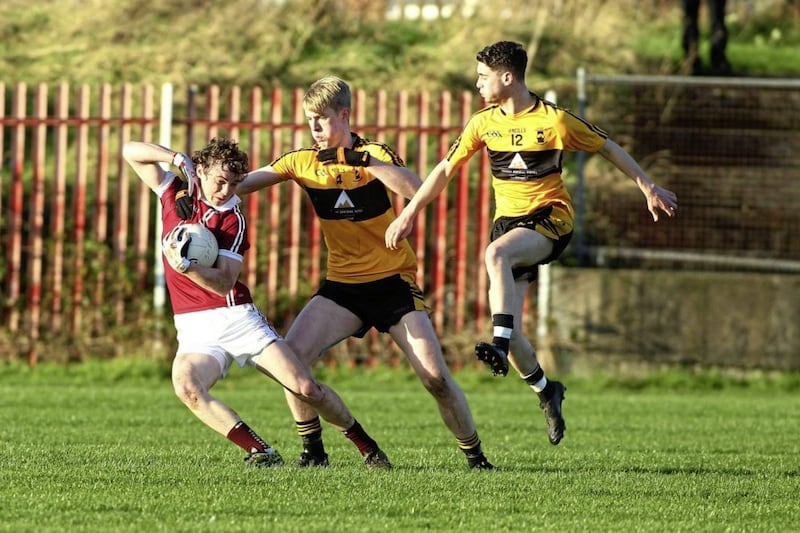WINTER 2003 was a horrid time. Armagh had just been beaten by Tyrone on the fourth Sunday of September. We were poor, very poor.
I remember the build-up to that game better than any other. The pressure to win was much greater than the pressure to perform and when you focus on winning rather than performing failure is almost inevitable.
The supporters were cock-a-hoop singing that old derisory Tyrone tune ‘come on Tyrone, you’re
on your own...’ you know the ending.
Needless to say, that tune is now as extinct as the dodo.
Of course, within the camp we tried our best to manage the pressures and the phrase ‘to control the controllables’ was born, for me at least.
I spent that summer managing a groin injury known as osteitis pubis. It was excruciatingly painful, particularly at night as I’d attempt to turn around in the bed. Each morning began with a 30-minute routine of gradually pulling back the duvet and doing simple warm-up exercises to enable me to drag my legs out of bed.
It seemed as though I had my own medical team. The physio, Eoghan O’Neill, was required on more than one occasion to help me out of bed. I was granted special treatment by the eminent groin specialist Gerry McEntee, a former midfield maestro in the great Meath team of the late ’80s.
Gerry said he’d get me through the season, but if I wanted to walk again pain-free I’d have to give up football. I played a part in the final, scoring a point in the process, but I just wasn’t fit to influence it the way I should have and was substituted as a result.
The following February my great friend and member of the Armagh backroom team, Eamon Mackle, had arranged for me to spend time in Perth, Australia where a local specialist in osteitis pubis performed a type of surgery in the clinical trial stage.
Only nine people had this surgery prior to me, all by the same consultant. All nine had made a full recovery and four of them returned to some kind of sport. I had nothing to lose so, with the passport in one hand and a Padre Pio relic in the other, I took my chances.
Back then no-one knew I was injured, not even my friends. I guess we didn’t want the opposition to know our weaknesses so it was important the opposition heard different stories about what was happening within our camp. To make this happen we misled the media.
We were guarded about the truth and we dodged questions about injuries and so on. We would say such-and-such was recovering well and was back in full training.
In today’s terms, we spread fake news.
In the more than 14 years that have passed the only thing which has changed is that the fake news has become more sophisticated and more intentional.
There is now an art to manipulation and counter-manipulation to an extent that it can be impossible to know who is lying or who is being truthful.
Take the current injury sagas for example. Some guy pulls a hamstring or strains a joint four weeks out from a Championship match.
Perhaps it happens while playing for their club. Instantly, the news gets spread that it is a serious injury; the player was forced off the field of play, heavily bandaged and the rumour is that they will miss the Championship opener.
While allowing for a little hysteria, it would seem that this information is raw and unfiltered.
Does that make it real? One week later we then read media reports that the player is back in full training and is fit to play.
Is this report more accurate as the medical team have had time to assess the injury and treat the acute episode or has the story become tainted by the county’s media machine? Who’s to know?
What is clear is that managers have become much more skilful at playing mind games with opponents.
Fake news is as rampant in sport as it is in politics this time of year. Players would do well not to read the sports sections of the papers and to remove themselves from social media feeds about sports topics, otherwise the mind will be polluted with these unwanted thoughts.
Such conversations are more interesting for the general public and they keep the ensuing battle on the lips and in the minds of supporters.
What we are actually engaging in is a form of harmless gossip. Gossip can be interesting and it can be engaging. We have all fallen into the gossip trap.
I’m sure you remember the time when you were sworn to secrecy about a player being dropped from the panel and I bet you told at least one other person the story; perhaps the wife or the boss or a colleague or a
team-mate.
Suddenly it hits tomorrow’s headlines and the only person who knew was you. It turns out that the player was redeemed and is still on the panel. Which story is fake news?








